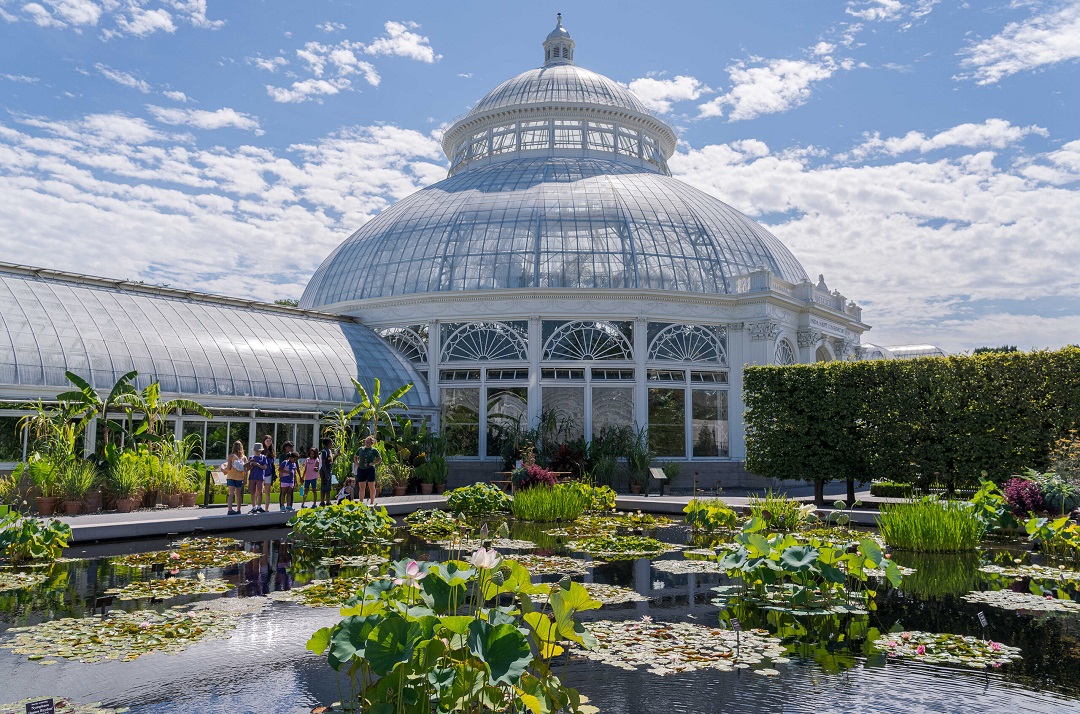
In the realm of green sanctuaries, botanical gardens stand as living testaments to the breathtaking diversity of the plant kingdom. But what exactly is a botanical garden, and what makes these curated landscapes a haven for both nature lovers and casual strollers alike? Let’s embark on a journey through the enchanting world of botanical gardens.
Defining Botanical Gardens: Nature’s Living Museums
A botanical garden is a curated space that showcases an extensive collection of plants, often organized for scientific, educational, and aesthetic purposes. Think of it as a living museum where the beauty of nature intertwines with the pursuit of knowledge and the joy of discovery.
The Three Pillars of Botanical Gardens: Science, Education, and Conservation
1. Science:
At the heart of botanical gardens is a commitment to scientific inquiry. These green havens serve as research centers, where scientists explore plant biology, ecology, and conservation, contributing to our understanding of the natural world.
2. Education:
Botanical gardens are open-air classrooms, inviting visitors of all ages to learn about plant life, ecosystems, and environmental sustainability. Educational programs, workshops, and interpretive displays create a dynamic learning environment.
3. Conservation:
Many botanical gardens actively participate in plant conservation efforts. They may house rare and endangered plant species, conduct seed banking, and collaborate with global initiatives to safeguard biodiversity.
The Symphony of Diversity: What to Expect in a Botanical Garden
1. Collections:
Botanical gardens boast diverse plant collections, ranging from native flora to exotic species from around the world. These collections may include themed gardens like succulent gardens, medicinal plant gardens, or even carnivorous plant displays.
2. Landscaping:
The artistry of landscaping is on full display in botanical gardens. Visitors can stroll through meticulously designed pathways, encounter artistic plant arrangements, and enjoy the harmonious interplay of colors and textures.
3. Greenhouses:
Many botanical gardens feature greenhouses that recreate specific climates, allowing for the cultivation of plants from various regions. These controlled environments enable the display of tropical, arid, or alpine plant species.
Beyond Beauty: Additional Wonders of Botanical Gardens
1. Art and Culture:
Botanical gardens often integrate art installations, sculptures, and cultural events, creating a harmonious blend of nature and human creativity.
2. Wellness and Tranquility:
These green sanctuaries offer a respite from urban hustle, providing spaces for meditation, relaxation, and the simple joy of being surrounded by nature.
3. Citizen Science:
Some botanical gardens engage the public in citizen science initiatives, inviting visitors to participate in data collection, plant monitoring, and conservation projects.
FAQs about Botanical Gardens:
Are botanical gardens only for scientists and researchers?
No, botanical gardens welcome visitors of all ages and backgrounds. They serve as educational spaces for the public, providing a chance to explore and appreciate the wonders of the plant world.
Do botanical gardens charge admission fees?
While some botanical gardens may have admission fees, many are free or offer discounted rates. Check the specific garden’s website for details on entry fees and any special events.
What is the role of greenhouses in botanical gardens?
Greenhouses in botanical gardens create controlled environments for growing plants from diverse climates. They allow for year-round displays of species that might not thrive outdoors in the local climate.
How do botanical gardens contribute to conservation?
Botanical gardens contribute to conservation by housing and preserving rare and endangered plant species. They may also engage in seed banking, research, and partnerships with global conservation initiatives.
Can I bring my pet to a botanical garden?
While policies vary, many botanical gardens discourage pets to protect the plant collections and ensure a tranquil environment for all visitors. Check the specific garden’s rules regarding pets before visiting.
Conclusion
Botanical gardens transcend being mere showcases of flora; they are dynamic spaces where science, education, and conservation converge with the sheer beauty of the natural world. As visitors wander through these living museums, they not only witness the diversity of plant life but also become stewards of a greener, more sustainable future.

